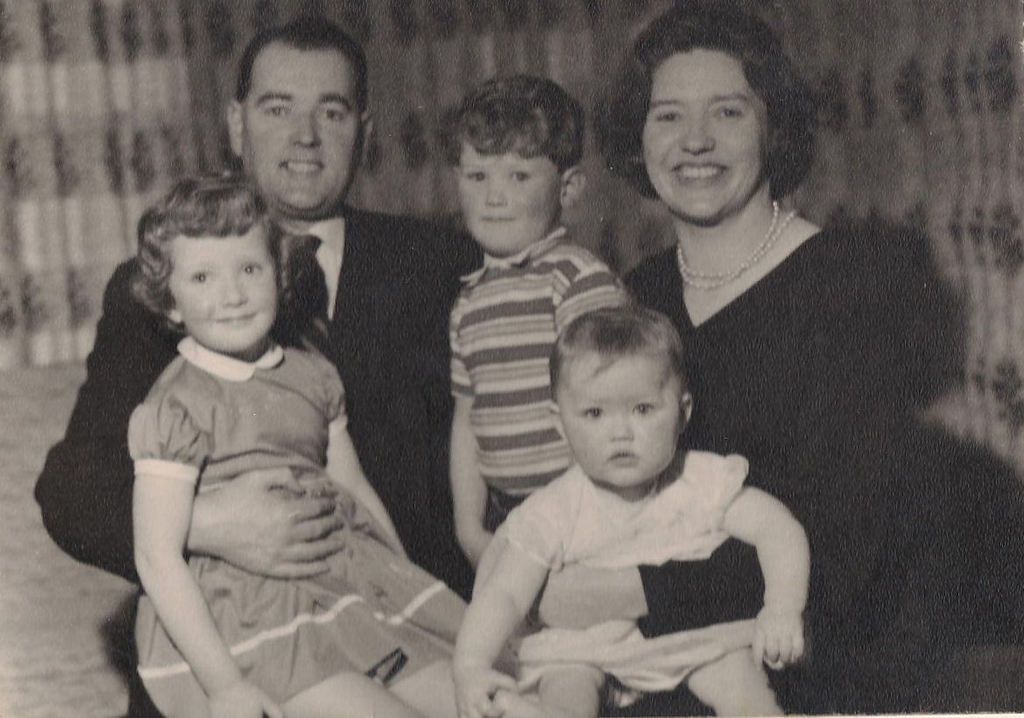Questions and Answers on Family Ties: Most Commonly Asked Inquiries
In the world of competitive exams, blood relations topics are a common occurrence, showing up in tests like SBI PO, RRB NTPC, RRB ALP, IBPS RRB, and more. To ace these exams, it's essential to nail down family terms (uncle, cousin, aunt, etc.) and practice, practice, practice!
Let's dive into the basics of blood relations in reasoning:
Blood Relations Concept in Reasoning
Blood relations reasoning appears frequently in competitive exams. To crack these questions, you must have a solid grasp of common family relationships and how they link up. Here's a list of the essential types of blood relations you should know:
- Parental Relations: Father (F), Mother (M)
- Sibling Relations: Brother (B), Sister (S)
- Grandparent Relations: Grandfather (GF), Grandmother (GM)
- Marital Relations: Husband (H), Wife (W)
- Child Relations: Son (S), Daughter (D)
To solve blood relation questions without hitting a roadblock, it's helpful to visualize family connections using family trees or diagrams. This technique makes it a breeze to identify connections and reach logical conclusions.
Types of Blood Relations Questions in Reasoning
Solving blood relation questions is all about understanding the many patterns they come in. Below are the major types of blood relations MCQs commonly asked in competitive exams:
1. Pointing or Introducing Type
These questions introduce someone by pointing out their relationship to another. Use the provided statement to determine the relationship between two individuals.
Example: A woman says, "He is my father's brother's son." In this case, the man is the woman's cousin.
2. Family Tree Type
Family tree diagrams are the basis for these questions. Given interconnections in the form of a list or chart, you're asked to identify links.
Example: A is the father of B, B is the sister of C, and C is the mother of D. Here, A is the grandfather of D.
3. Coded Relations
Relationships between families are represented by letters or symbols in this type. To solve, you'll need to use the provided key to decode the meaning.
Example: If M = Mother, F = Father, S = Son, D = Daughter, then FMSD means Father is the husband of Mother, and they have a Son and a Daughter.
4. Mixed Blood Relations
This category includes a mix of pointing, coding, and family tree-based logic. It's more complex and tests multiple reasoning skills.
Example: A man says, "Her mother's brother is my mother's father's only son." In this case, the girl's mother is the man's sister.
5. Puzzle-Based Blood Relations
Puzzles involving family structures – these questions require you to analyze the entire scenario to answer correctly.
Example: A family has three generations. The grandfather has two sons and one daughter. Each son has two kids, and the daughter has one child. Your challenge is to determine the total number of grandchildren the grandfather has.
6. Single-Person Blood Relation
This type focuses on one individual's relationship to another based on a direct relationship description.
Example: A woman says, "My brother's son's sister is my niece." So, the woman is the niece's aunt in this case.
To stay ahead of the curve, stay tuned for frequently asked blood relations questions and answers in the related articles section!
Incorporating the given words into the context, here are two sentences:
- A solid understanding of family dynamics, particularly blood relations, is crucial not only for competitive exams like SBI PO, RRB NTPC, RRB ALP, IBPS RRB, but also for everyday learning and relationships within one's own family.
- Education and self-development can be enhanced through mastery of blood relations reasoning, as this skill is essential for solving various question types in competitive exams, such as learning to visualize family connections using family trees or diagrams.







